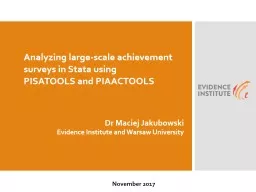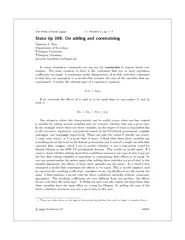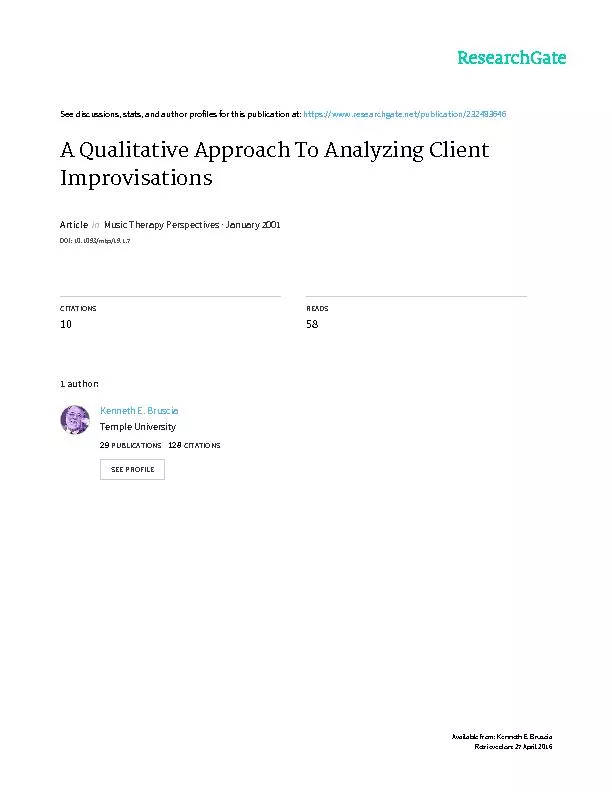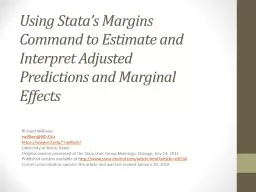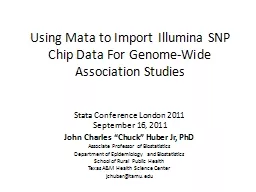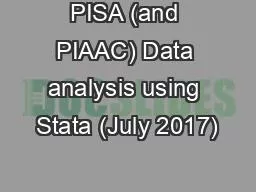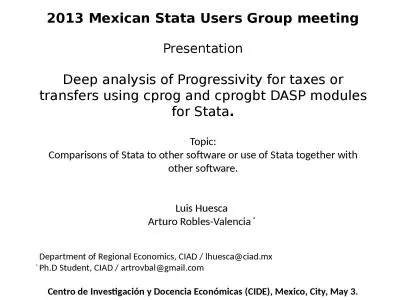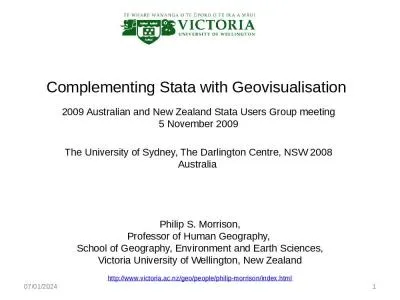PPT-Analyzing large-scale achievement surveys in Stata using
Author : startse | Published Date : 2020-10-22
PISATOOLS and PIAACTOOLS Dr Maciej Jakubowski Evidence Institute and Warsaw University November 2017 Agenda for today What are largescale achievement surveys Complex
Presentation Embed Code
Download Presentation
Download Presentation The PPT/PDF document "Analyzing large-scale achievement survey..." is the property of its rightful owner. Permission is granted to download and print the materials on this website for personal, non-commercial use only, and to display it on your personal computer provided you do not modify the materials and that you retain all copyright notices contained in the materials. By downloading content from our website, you accept the terms of this agreement.
Analyzing large-scale achievement surveys in Stata using: Transcript
Download Rules Of Document
"Analyzing large-scale achievement surveys in Stata using"The content belongs to its owner. You may download and print it for personal use, without modification, and keep all copyright notices. By downloading, you agree to these terms.
Related Documents

